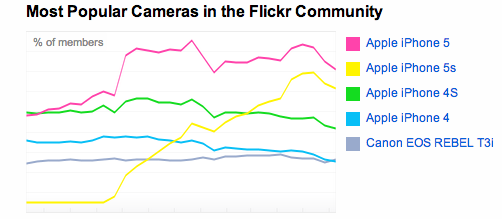Sina Weibo is often referred as the “Chinese Twitter”. However, when compared to twitter, Sina Weibo has more attributes of a public sphere, here’s some reason why:
1. the tweet limit is 140 Chinese characters. That could express a lot of meaning in Chinese. Besides, lots of people stuff a long article as an image. Longer content makes deliberation possible.


(Screenshot: a Sina Weibo post and its translated form)


(Screenshot: “Long Weibo Tweet” image)
2. Comments and Retweets are separated. Long comments encourage discussions, and showing all comments of a thread in the same place makes discussions discoverable. Users can choose to “leave a comment while retweeting”, and “retweet while leaving this comment”, thus deciding whether to forward the discussion to their own social sphere.
3. The “hashtag” function is richer and more neutral. There can be a moderator to facilitate discussion, and people don’t need to know how to use hashtags: when you debate in the hashtag (named “topic”) pages, you automatically tweet with the specified hashtag. Trending hashtags are both hand picked and populated by popularity. In this way, Hashtags in Weibo are mostly (neutral) discussions topics, not advertisements or political agendas. In a time, there is a debate page for some hashtag topics, listing all the opposite ideas and reasons for people agree or disagree.

(Screenshot: the hashtag page for the National Congress meeting)
4. Wechat has taken most personal matters away. People start to post their selfies and food pictures in Wechat, leaving Weibo a discussion place for public affairs.
5. Equality. There are public intellectuals, news media, government agencies in Weibo, but they have no privileges and they are not immune to attacks. They could swing between opinions and it is often that media companies has a different face in Weibo (for example people’s daily), for the runner of social media accounts in these organizations tend to be young and they are often allowed to take a different strategy than its ordinary PR section. In fact, Sina (the company running Weibo) has a trainer team and training materials for government agencies of how to interact with people in Weibo.
6. Reachability. This is not a part in public sphere theory. But Sina Weibo managed to have a large user base including working class, school kids and elderly population. It’s mobile app allows groups like migrant workers handily join an online discussion.
7. Interaction with traditional media. Local TV stations in China start to read or show content from Weibo. They have TV programs with anchormen/anchorwomen just browsing Weibo content (with a large touchscreen) with his/her audience, which increase the influence of discussions happening in Weibo.
8. Social impact. Several campaigns, such as “Weibo finds lost children”, “free lunch for pupils in remote regions”, and several anti-corruption cases are done in Weibo, making its users somewhat feel empowered.
However, as a web platform, there are other characteristics discredits it as a open public sphere. Here’s some:
1. Inequality. Everybody follows figure with the most followers. Nobody listens to the unknown. What’s worse, the system recommends every new comers to follow those news agencies or ones with the most followers. What’s worse, discussions seem to form around those who are the most welcomed. What’s the worst is, the ones who have the most followers are the ones who know best on how to raise a debate.
2. Social marketing and big data guys. Weibo is one of the most heavily data-mined online space. Those people could spend their entirely life in drawing attention, manipulating opinion, and killing discussions. And usually they cares monetization more than public good.
3. Partisanship. Users in Weibo are often categorized into one or more parties, such as the supporter or objector of some person, Wumao (communist supporters) or Meifen (United States lovers). Sometimes they join a party by them by their will or they are just being labeled. In either way, this makes it costly to shift opinions and it discourage deliberation in specific public affairs.
4. Censorship. Weibo is run by a private corporation, which means they censor more content than needed in name of keeping their business running. You don’t need to speak against the central government to get yourself censored – just appear in the wrong topic or attack the wrong person. Censorship happens when it says “sorry for the internet traffic jam, your comment will appear after xxx hours” but you know that it will never get passed. This could be quite discouraging, if not more than big data guys. The situation could be better in smaller or more distributed websites such as Baidu Tieba or other websites such as Anime sites, but it is a different problem.
After all, Sina Weibo is designed to harvest attention, not to foster public discussion. But it is still a good example to see how design decisions decides what kind of discussion space (and its disappointments) technology could form; and Sina Weibo surely takes some functions we anticipate in public sphere.














